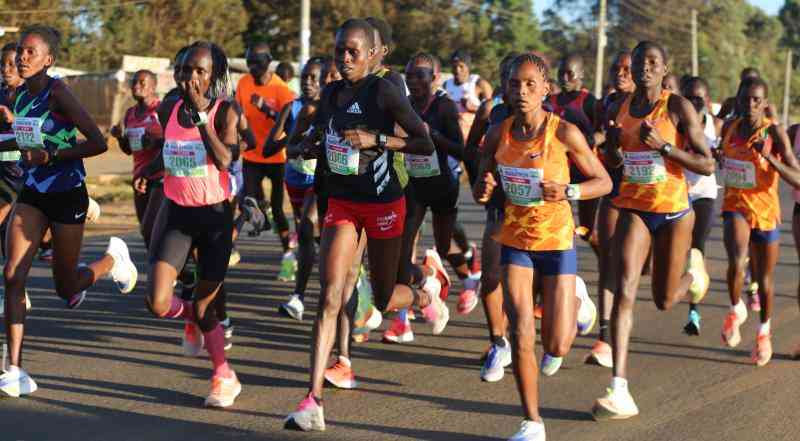Human life in India has been pushed to the precipice if current air pollution rate is anything to go by.
A recent report by World Health Organization has ranked India as one of the most deadly countries to live in owing to the increasing pollution that has led to several mortalities and health problems.
According to a report known as Apocalypse, which was released by Greenpeace India; there is no solitary city in India that can be declared to be safer for human inhabitation.
Out of the 164 cities that were sampled in the 24 countries, the report reveals that New Deli is the most dangerous of all but the magnitude of the risk does not subside much in other cities.
“Global Burden of Disease (GBD), a comprehensive regional and global research program including 500 researchers representing over 300 institutions and 50 countries, has estimated that 3283 Indians dies per day due to outdoor air pollution in India in 2015, making the potential number of deaths due to outdoor air pollution in India in 2015 to 11.98 lakh”, the Apocalypse report reads in part.
The most common implication of this problem is the premature deaths that are currently approximated by the State of Global Air to be at around 1.1 million per year.
It is a situation that can only be likened to the Chinese environmental pollution that also led to the widespread adverse impacts such as deaths and health problems.
The SGA also links the Indian situation to the Chinese one and cites PM2.5 (particulate matter) which is caused by poisonous air particles as the main triggers for such problems.
The number of the victims as provided by the SGA report had increased by 50% within the period of 1995 to 2015.
Greenpeace India has also added that no city in India meets the WHO standards when it comes to clean air.
The World Health Organization requires in its Air Quality Guideline that the concentration of the particulate matter should be 10 µg/m3 at below.
However, New Delhi tops the list with the most impure air that has the highest particulate matter rating at 264 µg/m3 as per the report by Greenpeace India.
Despite the impressive steps that have been made by India in stepping up in industrialization to increase exportation to create employment and to develop the economy, the same activity has manufactured an adverse counterproductive impact.
“…what is very clear is that irrespective of where you live, burning of fossil fuels (coal & oil) contributes majorly to air pollution levels across regions”, the Apocalypse report reads in part in explanation of the genesis of the crisis.
This piles more doubts on the sustainability of the surge that has been witnessed in Indian industrialization.
Not only are the Indian industries that shoulder the blame for the problem but the Indian government has also been put in the spotlight for slacking on the matter.
“The idea that policy making should be led by the government is lacking”, says Bhargav Krishna, an environmental manager that works for Public Health Foundation in India, as quoted by New York Times.
The blame on the Indian government runs deeper than this. The Apocalypse report indicates that the focus on fighting pollution has only been heaped on the New Delhi situation leaving the other city dwellers in increasing perils.
On the other hand, the Indian government has also responded with a mitigation plan dubbed the ‘Graded Response Action Plan’.
A statement issued by the Indian Ministry of Environment, Forest and Climate Change on February 12, 2017, lauded the newly hatched plan as one that will inclusive since it will cover both the New Delhi city and other cities that are covered under the National Capital region.
Pollution has been a global problem in the recent times, with climate change being linked to it as the most dreaded consequence. T
This is supported by the WHO report on the global pollution situation which indicates that approximately 92% of people live in areas with contaminated air.
 The Standard Group Plc is a
multi-media organization with investments in media platforms spanning newspaper
print operations, television, radio broadcasting, digital and online services. The
Standard Group is recognized as a leading multi-media house in Kenya with a key
influence in matters of national and international interest.
The Standard Group Plc is a
multi-media organization with investments in media platforms spanning newspaper
print operations, television, radio broadcasting, digital and online services. The
Standard Group is recognized as a leading multi-media house in Kenya with a key
influence in matters of national and international interest.
 The Standard Group Plc is a
multi-media organization with investments in media platforms spanning newspaper
print operations, television, radio broadcasting, digital and online services. The
Standard Group is recognized as a leading multi-media house in Kenya with a key
influence in matters of national and international interest.
The Standard Group Plc is a
multi-media organization with investments in media platforms spanning newspaper
print operations, television, radio broadcasting, digital and online services. The
Standard Group is recognized as a leading multi-media house in Kenya with a key
influence in matters of national and international interest.





